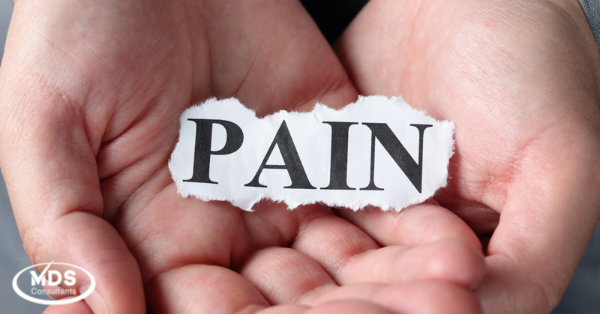This post is part of the MDS 2023 Countdown series. Disclaimer. Current as of February 22, 2023
What You Can Expect to See
The most noticeable changes to Section J are evident in the pain interview, specifically questions J0510, J0520 and J0530. The RAI Manual has long cited the Pain Interview in Section J as a means of “hearing the resident’s voice.”
With these changes, we will be able to identify the residents’ pain as it applies to sleep and therapy activities by frequency.
Previously this was a “Yes” or “No” question as to whether the resident had experienced sleep disturbances related to pain.
A new question was added, “Over the past 5 days, how much of the time has pain made it hard for you to sleep at night?”
Another change to the questions in Section J also includes “How often have you limited your participation in rehabilitation therapy sessions due to pain?”
Also, the Pain Interview is still concerned about “how often you limited your day-to-day activities because of pain?” It now makes a notation “excluding rehabilitation therapy sessions.” This too was previously a “Yes” or “No” question, but now asks the Resident to rate the amount of interference:
What Do the Changes Mean?
As the RAI Manual states:
“Information about pain that comes directly from the resident provides symptom-specific information for individualized care planning.”
Clarification of the Pain Interview in Section J will allow further insight into the resident’s specific pain and allow us to better tailor the care plan to their individual needs.
Recommendations from MDS Consultants
- Nursing facilities have less than a year to prepare for the changes, but preparation should start now!
- We expect nursing facilities to proceed with a team approach to tackle the new updated MDS sections. Take time to review the pain policy and procedure, update as indicated.
- Ensure there is a connection with the MDS policy and procedure.
For example, we recommend a process to start asking residents about pain related to therapy and sleep now, to start a habit of focusing on these areas. Ensure a process to include resident pain findings in care planning. This gets us into the practice of care planning with this new information.
Do not wait! The time to prepare is now.



